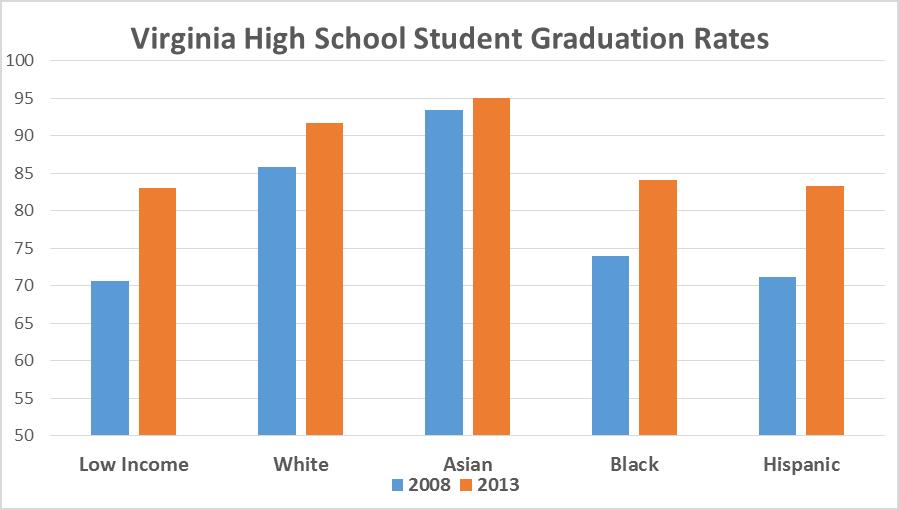Retiring Boomers are going rural (but not too rural)
There is a lot of buzz amongst urbanists and demographers about the increasing gravitation of young adults towards urban areas. We’ve found evidence to support this narrative in some areas of Virginia, including indications that they may be staying even after having kids.But there’s also a lot of talk about baby boomers retiring and moving […]












